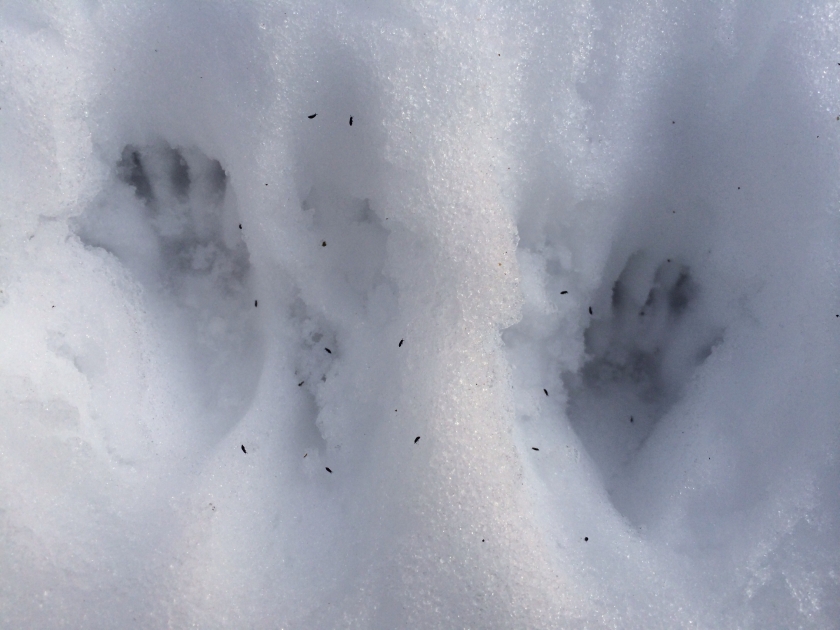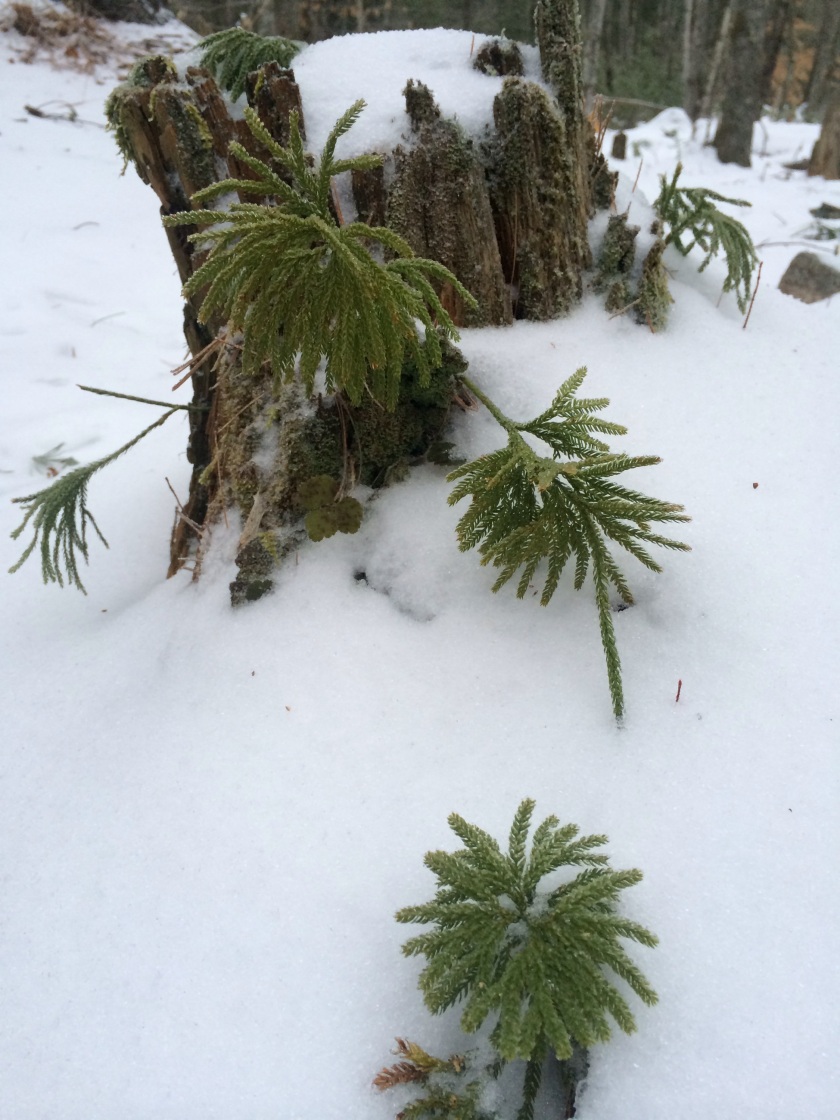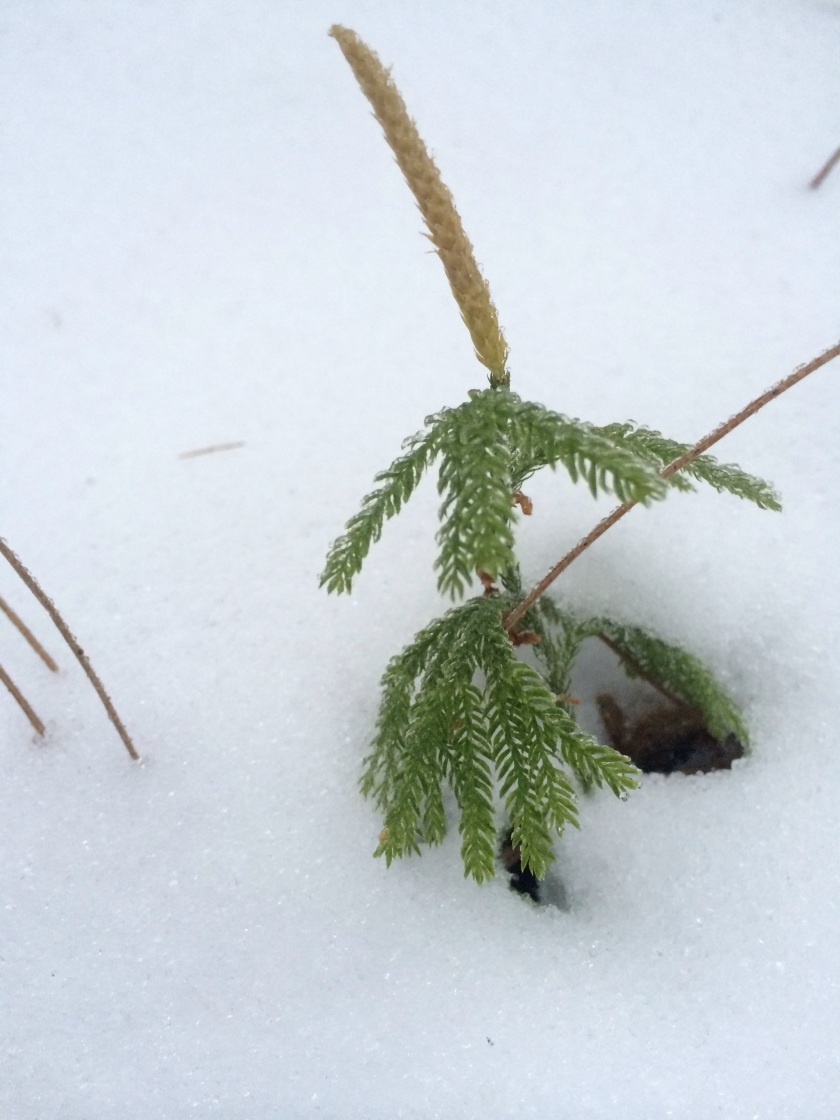The real voyage of discovery consists not in seeking new landscapes, but in having new eyes. Marcel Proust
To clarify, I’m all for seeking new landscapes! Like April in Paris, this spring, where we’ve just booked a hotel a block from Notre Dame! In our everyday world, though, there are plenty of new discoveries to be made, if we would just look for them.

The forest is still criss-crossed with animal tracks. As the snow turned thin and slushy this week, the imprints stood out in greater detail. Tiny “handprints” of red squirrels were everywhere, as were the squirrels themselves. The warmth prompted me to carry along my binoculars and to pause from time to time. The repeated call of a barred owl came from afar, but it was mostly red squirrels that I saw.
One explored an ancient log pile, dark and damp, adorned with scattered piles of demolished pine cones. He moved with fluid energy among the logs, popping out first here, then there, to scold me. Later, another bravely stood his ground atop a stone wall. Only his haunches moved, quivering with indignation, and the shiny blackness of his eye stared me down. He looked fit and well-fed, the subtle gray and rust of his sleek fur elegant in the drab and cloudy light.

Canine tracks still mystify me. The one above was repeated in a single line that roughly followed my old trail for quite a distance. Both coyotes and foxes frequent these woods.

There’s green stuff out there, too. Not just trees, but much more, if you look closely. This small native plant, whose relatives once dominated primeval swamps, is very common. Somehow, it thrives in the northern forest, surviving months of ice and snow.
Looking a bit like a miniature spruce and often called “running pine,” the club moss is neither a conifer nor a moss. Closely related to ferns, the club mosses are vascular plants, with “veins” of xylem and phloem. Their ancestors were once the most complex plants on Earth. In the Carboniferous period, 350 million years ago, club mosses well over 100 feet tall dominated the forest that was later transformed to vast deposits of coal.

This species, Lycopodium clavatum, is found in damp woodlands throughout North America. During the asexual part of its rather complex reproductive cycle, it produces spores, which are released from the plant’s erect, yellow-brown strobilus.
The spores are, for me, perhaps the most fascinating part of the story of the club moss. High in oil content, they are water resistant and flammable. Native tribes knew many medicinal uses for the spores, and, according to the Virginia Native Plant Society, medicine men tossed them on the fire during ceremonies to produce a flash of light.
In my reading, I found a host of other historical uses for the powdery spores, including flash photography, magician’s tricks, fingerprinting powder, fireworks, and treating rashes. Good incentive, perhaps, to try collecting some this year!
